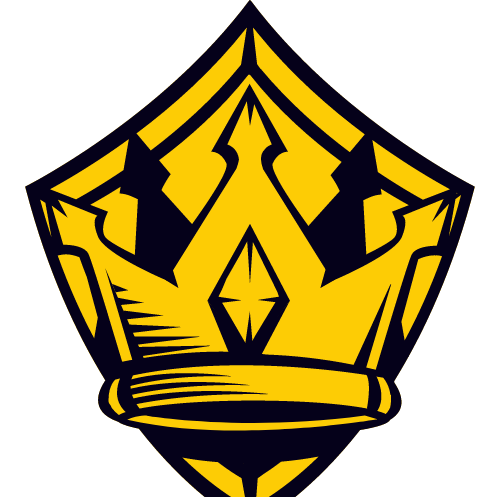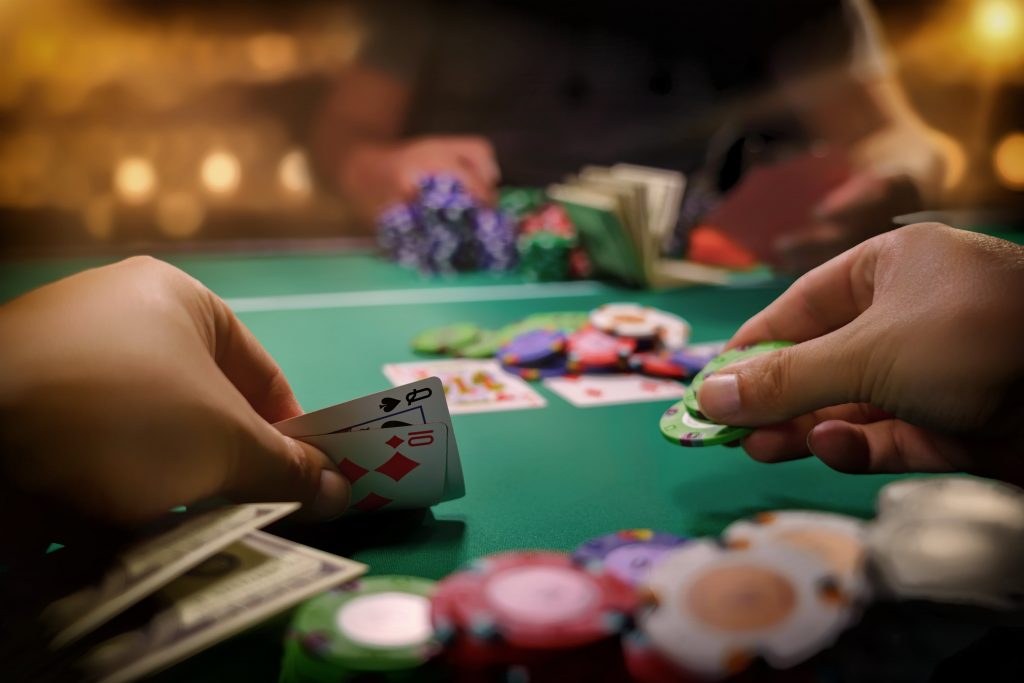Poker is a card game that has many variations, all of which share the same basic premise: players are dealt cards and wager on the strength of their hands. The winner is the player with the strongest hand, or the player who has bet enough to force all other players to fold.
Poker is a popular game that can be played in both casual and competitive settings. It is often used as a tool for gambling, but it can also be enjoyed simply for fun. There are many different ways to play poker, but the most common is Texas Hold’em.
In Texas Hold’em, each player is dealt two cards face down. These are called hole cards. Then, five community cards are dealt face up in the middle of the table. These are called community cards because they can be used by all players to make their hands.
Players will then take turns betting, with the goal of either forcing all other players to fold or building a pot large enough that it is worth calling another player’s bet. The player with the strongest hand at the end of the final betting round wins the pot.
Poker is a simple game to learn, but it takes a lifetime to master. There is a great deal of strategy and psychology involved in the game, and even the best players can have losing streaks. But for those who enjoy a good challenge, poker can be an incredibly rewarding game.
Mechanics in Playing a Poker
Mechanics in Playing a Poker Poker is a game of chance, but there is still a great deal of skill involved in playing the game. If you want to be a successful poker player, you need to understand the mechanics of the game.
The first thing to understand is how the cards are dealt. The dealer will deal each player two cards, face down. These are called your hole cards. Then, the dealer will deal five community cards, face up, in the middle of the table. These are shared by all the players and are used to make your hand.
After the community cards are dealt, there will be a round of betting. The first person to bet is the player to the left of the dealer. Betting will go around the table clockwise until all players have either called the last bet or folded.
If there are more than one player remaining after the last round of betting, there will be a showdown. The players will reveal their hole cards and the best five-card hand will win the pot.
Now that you understand the basics of how to play poker, let’s take a look at some of the more advanced mechanics of the game.
One important thing to remember is that you do not have to use both of your hole cards to make your hand. You can use one, both, or none at all. However, if you do use both of your hole cards, it is called a “pocket pair.”
Another important thing to remember is that the suits of the cards have no value in poker. The only thing that matters is the rank of the card ( Ace, King, Queen, Jack, 10, 9, 8, 7, 6, 5, 4, 3, 2).
When it comes to betting, there are three main types of bets: pre-flop, flop, and post-flop.
Pre-flop is when all players still have their hole cards and no community cards have been dealt yet. The flop is when three community cards have been dealt. Post-flop is when two more community cards have been dealt (the turn and river).
The size of the bet will usually increase as the game goes on. This is because there are more information available and players can make better hands.
Blinds are another type of bet in poker. There are two blinds in a game of poker: the small blind and the big blind. The small blind is usually half of the big blind. The big blind is the minimum amount that can be bet in a particular round.
The small blind is posted by the player to the left of the dealer and the big blind is posted by the player two to the left of the dealer. The amount of the blinds will usually increase as the game goes on (in tournament play).
In cash games, players can choose to “buy-in” for a certain amount of money. This is usually done in increments of $20-$100.
Tournaments work differently than cash games because each player pays an entry fee to play and receives a certain number of chips. The winner of a tournament will usually take home a large cash prize.
Now that you understand some of the more advanced mechanics of playing poker, you’re ready to start playing!
How to Win in Poker?
Poker is a game of incomplete information and chance. The goal is to make the best possible decision with the information you have, and to try and win more money than you lose over the long term. While there’s no sure-fire way to win at poker, there are certain strategies and techniques you can use to improve your chances of winning.
In this article, we’ll give you some tips on how to win at poker. We’ll cover the basics of good poker strategy, and offer some specific advice on how to win in various situations.
One of the most important things to remember when playing poker is that you need to be patient. It’s often tempting to try and make a big score quickly, but in most cases it’s better to wait for a good opportunity and then go for it.
Another important thing to remember is that poker is a game of people. While it’s important to understand the odds and probabilities involved, ultimately it’s your opponents that you need to read and understand. Pay attention to their betting patterns and try to get a feel for what they might be holding.
One final tip – don’t get too attached to any one hand. Just because you’ve been dealt a great hand doesn’t mean you’re guaranteed to win. Sometimes the best decision is to fold, even if you’re holding aces.
By following these tips, you’ll improve your chances of winning at poker. Remember, there’s no guarantee that you’ll always win, but if you play smart and take advantage of opportunities when they arise, you’ll be a winning player in the long run.

